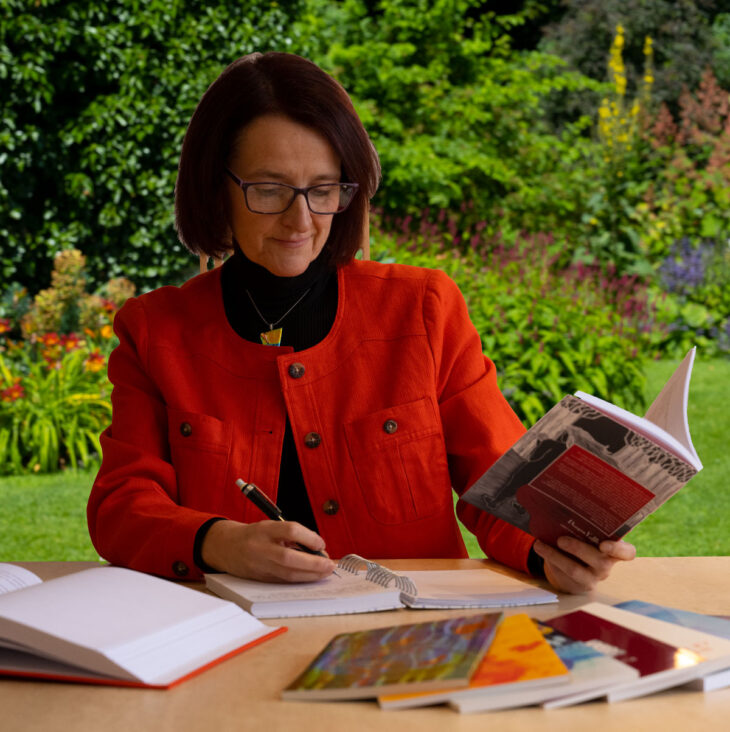
When I look at the big hitters in literature today, there’s a relentless onslaught of celebrity memoirs, cookbooks that you’ll never use and grisly thrillers where women are stalked and murdered in graphic detail. Gone are the delicate observations of nature and relationships from poets like Wordsworth and Du Fu or novelists like the Brontës and Hemingway. It seems that writers who want to explore the natural world or our place within it are out of favour.
We travel more (COVID and the next terrifying pandemic willing), we have access to images and stories in every part of the world and now beyond our world, and, in this ever-connected life, we’ve lost connection with nature and ourselves. The impact of that is two-fold: we pop our heads in the sand about the decimation of our planet and the wildlife on it and we crave understanding of the people who we perceive we know just because we see them on screen or online. It’s an impossible dichotomy that tears us apart as a species and as individuals. Where literature used to be a great unifying force, it seems to be yet another tool for polarisation.
That’s not to say that romance isn’t still hugely popular, particularly in the self-publishing world where it often outsells traditionally published books, but it seems to have fewer of the shelf spaces in the book shops. The great romantic tales – Cleopatra, Bathsheba, Wuthering Heights – have been usurped by broken princes (‘Spare’), twisted fantasy stories (Fairy Tale) and ways to fix ourselves (Atomic Habits). This shift seems to echo the loss of our connection with the natural world. Gone are the gentle meanderings of A year in the life of a meadow (Semple-Jones) or the pastoral delights of John Clare’s poetry.
Now, I’m clearly generalising here as there are still some wonderful examples of how books keep us close to nature. The joyous work of Jackie Morris and Charlie Mackesey shows us the delight that animals bring. But it’s notable that these books are illustrated, hardcover and higher end in terms of cost and marketing. Nature still sells, but we seem to need images to help us to understand what the words are telling us. I’m not averse to beautiful images to enhance the words (one of my most treasured books is Morris’ The Unwinding), but I wonder whether there’s a place for words alone.
For those of you who write poetry, you’ll know that you’re not a writer because you want to make money. Most poets are deeply connected to nature and few contemporary poets make it to the shelves of Waterstones. We’re just not in the big hitters league. The same is true of pretty much every writer who revels in descriptive passages calling on the flora and fauna of the world around them. Nature isn’t profitable, unless you’re describing how to make a poultice from dock leaves that removes cellulite, or how to survive on a dystopian island inhabited by terrifying monsters (no, not the Love Island celebrities…).
So, it feels like it’s time for someone to redress the balance and put nature back in the bookshops and on our e-readers. Anyone want to make it to the bestsellers’ list for 2024 with an anthology of nature poetry? Go on, I dare you…